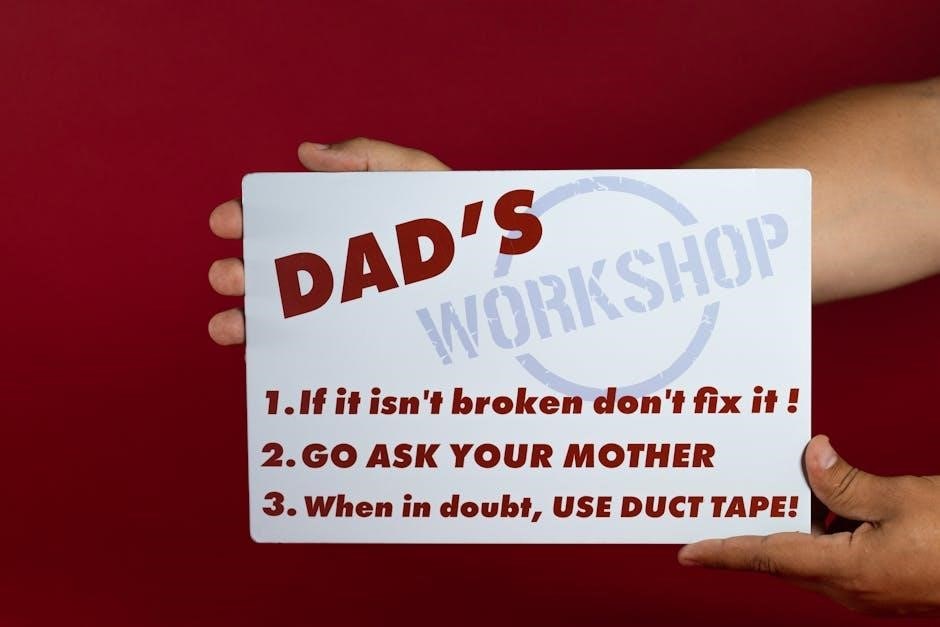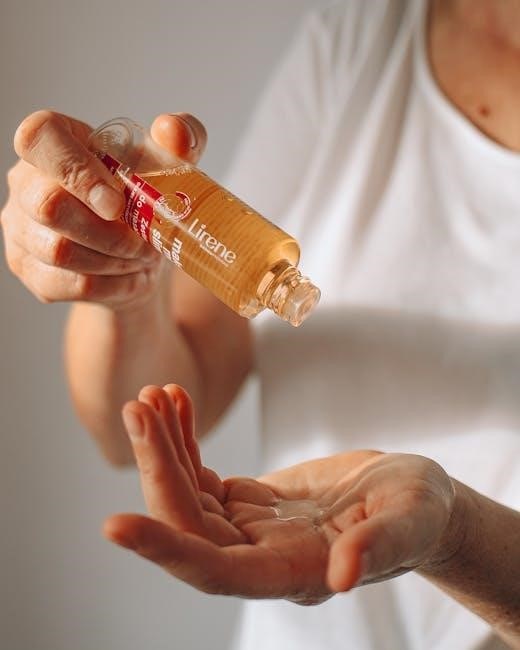Cover Your Assets: Game Overview
Cover Your Assets is a fast-paced card game where players build stacks of assets by pairing cards and stealing from opponents. The goal is to be the first to reach one million dollars.
Objective of the Game
The primary objective in Cover Your Assets is to accumulate a total worth of $1,000,000 (one million dollars) through strategically collecting and stacking asset cards. Players achieve this by forming pairs of matching asset cards and placing them in a crisscross pattern to build their personal asset stacks. These stacks represent their accumulated wealth. The game combines elements of strategy, risk-taking, and a bit of luck, as players must also defend their assets from being stolen by their opponents while simultaneously trying to pilfer assets from others to accelerate their own path to becoming a millionaire.
Card Types and Values
Cover Your Assets features asset cards with varying values, like Piggy Banks, Cash, Jewels, and Autos. Additionally, there are Wild Cards (Silver and Gold) which can be used to steal or create pairs.
Asset Cards
The core of Cover Your Assets lies in its diverse range of asset cards. These cards depict various valuable items that players aim to collect and stack. Each asset card type, such as Piggy Banks, Cash Under the Mattress, Jewels, and Classic Autos, has a specific value. Players accumulate wealth by strategically pairing these asset cards and adding them to their personal stacks. The game encourages quick thinking and tactical card management as players strive to create the most valuable and secure asset collection possible, all while attempting to thwart their opponents’ progress.
Wild Cards (Silver and Gold)
Cover Your Assets incorporates Wild Cards, specifically Silver and Gold, to add an extra layer of unpredictability and strategy. Silver Wild Cards can be used to match any asset card when forming a pair, making them valuable for both creating new assets and stealing from other players. Gold Wild Cards are even more powerful, as they can be used to steal sets covered by Silver Wild Cards. These Wild Cards significantly impact gameplay, forcing players to carefully consider when and how to deploy them for maximum advantage and protection.

Gameplay: Setting Up
To begin Cover Your Assets, shuffle the deck thoroughly. Deal four cards face down to each player. Place the remaining cards face down in the center to form the draw pile.
Dealing Cards
The initial setup involves shuffling the entire deck of asset cards to ensure randomness. After a thorough shuffle, each player is dealt a starting hand of four cards, dealt face down. These cards are kept secret from other players, forming the basis of their initial asset accumulation strategy. The remaining cards are placed face down in the center of the playing area, serving as the draw pile from which players will replenish their hands throughout the game. This pile will be used to gain more assets.
Starting the Game
Once the cards are dealt, the player to the dealer’s left typically begins the game. Play proceeds in a clockwise direction around the table. The first player has the option to either create an initial asset pile or discard a card; This decision sets the tone for their gameplay, influencing whether they adopt an aggressive or conservative approach from the outset. The game then continues with each player taking their turn to build and protect their assets. The strategy depends on the player’s hand.

Gameplay: Taking a Turn
On a turn, players attempt to create asset pairs or steal top sets from opponents. Strategic decisions revolve around maximizing asset accumulation and minimizing vulnerability to theft during gameplay.
Pairing Assets
During your turn in Cover Your Assets, you have the opportunity to pair asset cards from your hand to create a new set. To do this, you must play two cards of the same asset type from your hand. For instance, you could pair two “Piggy Bank” cards or two “Classic Auto” cards. Once you have a pair, you place them perpendicularly on top of your existing asset stack, effectively covering your previous assets. This new set is now vulnerable to being stolen by other players. Remember, strategically pairing assets is key to building wealth.
Stealing Assets
A core element of Cover Your Assets is the ability to steal the top set of assets from other players. To attempt a steal, on your turn, you must reveal a matching asset card or a Wild Silver card from your hand. If you reveal a matching asset card, the defending player can then defend by playing another matching asset card or a Wild Silver or Gold card. Stealing continues until one player cannot defend. Successful steals add to your stack.
Protecting Your Assets
Protecting your assets is crucial in Cover Your Assets. Players can defend their stacks from theft by playing matching cards or wild cards, adding a layer of strategy and defense to the game.
Covering Assets with Matching Pairs
Once a player lays down a set of asset cards, they can protect it from being stolen by covering it with another matching pair. This creates a stack of assets, where only the top set is vulnerable to theft. Covering your assets strategically is vital for preventing opponents from snatching your hard-earned wealth. Remember that the bottom set of assets in your stack is always safe and cannot be stolen, providing a secure foundation for your growing fortune, so choose wisely.
The Bottom Set Rule
A crucial aspect of Cover Your Assets is the “Bottom Set Rule”. The very first set of assets a player lays down is permanently protected and cannot be stolen by other players. This provides a secure base upon which to build your fortune. Strategically choosing which asset to start with can be advantageous, as it guarantees a foundation that opponents cannot touch. Consider using a wild card at the start to create a valuable, untouchable base. This bottom set offers a guaranteed minimum value as you progress.

Advanced Game Variations
Spice up your game with advanced variations! These rules add new layers of strategy and excitement. Explore different card combinations and gameplay tweaks for a more challenging and engaging experience.
Advanced Cards (if applicable)
Some versions of Cover Your Assets include advanced cards that introduce unique actions and strategies. These cards might allow you to swap assets with another player, move sets within your own stack, or even force opponents to discard cards. Understanding the effects of these advanced cards is crucial for mastering the game. Incorporating these cards adds a new dimension of unpredictability and player interaction, making each game a fresh and dynamic experience. Make sure to consult the rulebook for specific instructions on how to use these advanced cards effectively.
Winning the Game
The game concludes when a player accumulates assets totaling $1,000,000 or more. That player is declared the winner, showcasing their superior asset-collecting and strategic stealing skills.
Reaching One Million Dollars
The ultimate objective in Cover Your Assets is to amass a fortune of one million dollars. Players achieve this by strategically pairing asset cards, cleverly stealing from their opponents, and skillfully defending their own valuable collections. The first player to accumulate assets with a combined value of $1,000,000 or more is crowned the victor, demonstrating their mastery of the game’s blend of luck, strategy, and cunning. The battle to become the first millionaire requires strategic gameplay.
Strategies and Tips
Mastering Cover Your Assets requires strategic thinking. Employ defensive tactics to protect your assets, and use wild cards wisely to maximize your gains. Timing and risk assessment are key to outsmarting your opponents.
Using Wild Cards Effectively
Wild cards, Silver and Gold, are pivotal for both offense and defense. Save them for crucial moments, such as stealing a high-value asset or protecting your own stack. A well-timed wild card can turn the tide of the game. Consider using a wild card on your initial asset to prevent early theft. However, don’t hoard them too long, as opportunities to use them strategically may arise unexpectedly. Observe your opponents’ hands and asset stacks to anticipate their moves and maximize the impact of your wild cards. Effective wild card usage is paramount to victory.
Defensive Play
Protecting your assets is just as crucial as acquiring them. Prioritize covering your top set with matching pairs to deter theft. Pay close attention to the cards your opponents discard, as this reveals potential threats to your assets. Anticipate which assets they might target and proactively defend them. Don’t be afraid to discard valuable cards if it means preventing a larger loss. Remember, the bottom set in your stack is safe, so strategically plan the order in which you build your assets. A strong defense can frustrate opponents and secure your path to becoming a millionaire.

Rulebook PDF and Resources
Find the official Cover Your Assets rules and supplementary resources online. Download the rulebook PDF for detailed instructions. Explore websites like Grandpa Beck’s for additional information.
Where to Find the Official Rules
The official rules for Cover Your Assets can be found in the physical rulebook included in the game box. For digital access, visit the Grandpa Beck’s Games website to download a PDF version of the rulebook. Many online retailers and board game resource sites also offer downloadable rulebooks or detailed explanations of the gameplay. Look for the most recent version to ensure you have the correct instructions, as some editions may have slight variations. Websites with user-submitted content related to board games are another source, but verify the accuracy.
Frequently Asked Questions (FAQ)
Confused about a rule? Our FAQ section addresses common gameplay queries, covering card interactions, stealing mechanics, and valid moves. Get quick answers to ensure smooth and fair games with friends and family.
Common Gameplay Queries
Q: Can a Wild Card be used as the base of a stack? Yes, a Wild Card can initiate a stack, preventing theft of the bottom set. Q: What happens when the draw pile runs out? Continue playing until no one can make any moves. Q: Can you steal a set covered by a wild card? No, sets covered by matching pairs are protected from theft. Q: How are points calculated? Add up the values of all asset cards in your stack. Q: Can you discard a Swap or Move card? Yes, but they are removed from play.





